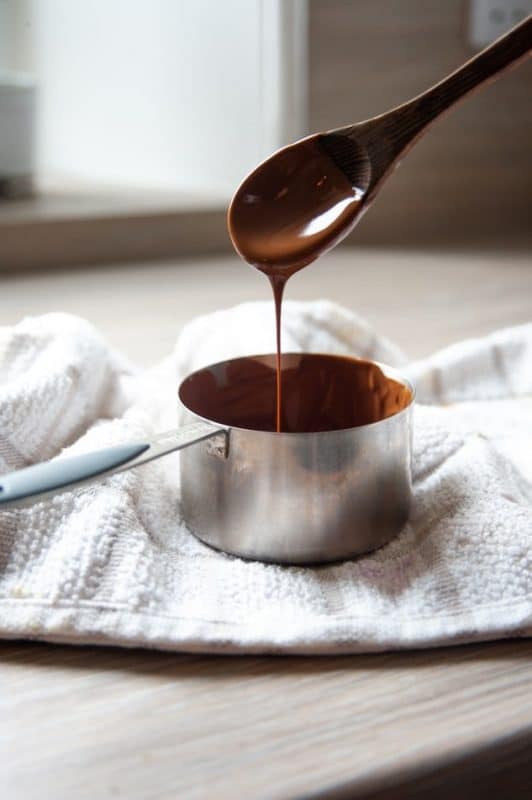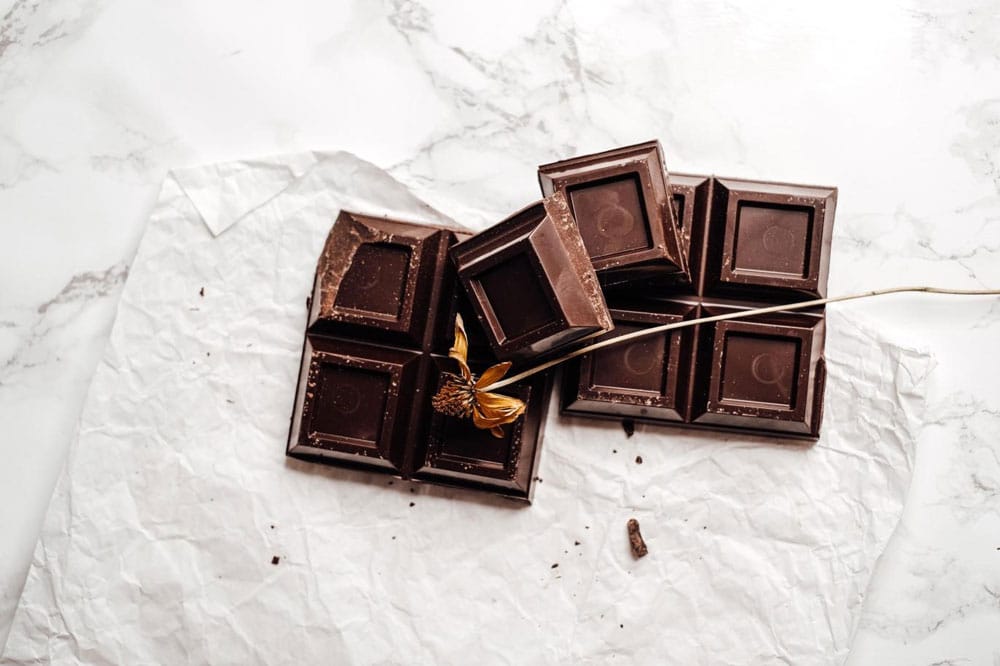The customer service team is always listening, taking notes, and quantifying complaints to ensure our products are continually improved. Due to selling directly to you, the customer, via Amazon, we can use product reviews to help us improve our existing products or help further development of new products.
Ever seen chocolates with a shiny coat and wondered how chocolatiers achieve that finesse? Well, it’s all about tempering! It’s quite tricky to get it right at first but with an elaborate guide, you can practice and master the technique at home! Read on and to learn the skills you need to make chocolates like a pro!
Table of Contents
What is Tempering?
Tempering chocolates is a technique involving gradually heating and slowly cooling chocolate. The fats in the chocolate crystallize evenly to produce higher-quality chocolate that ‘snaps’ rather than breaks into fragments.
The two primary methods for tempering chocolates are
1) The traditional marble method – which is best to temper chocolate weighing more than 1kg.
2) The Seeding Method. Both ways require the finest chocolate and a food thermometer.
Pro tip: go slow when tempering your chocolate; take your time. It’s worth it for the result.
Why Tempering?

- Chocolate consists of cocoa butter, containing six distinctive types of fat crystals (Forms 1 to 6)
- Every form contains a different density, melting point, and stability level.
- Form 5 (beta crystals) is the only one sufficiently stable to achieve a favorable shine and snap. This form has a higher melting point. The beta crystals are incredibly tough, so the structure will only change slightly over time, producing a glossy product with a wonderful snap.
How To Temper Chocolates?
1. The Marble Slab Method
Heat up water in a pan to simmer, then remove from the heat. You must break the chocolate into small pieces and put them in a heat-proof bowl. Bring the bowl over the pan of water to make a bain-marie, being careful that the bowl’s bottom doesn’t come into contact with the water. Allow the chocolate to melt – 131 degrees Fahrenheit for dark chocolate and 122 degrees Fahrenheit for milk and white chocolate, continuously but gently stirring.
When your chocolate has melted to the desired temperature, pour three-quarters of it onto a cold marble slab. Leave the rest of the chocolate in the bain-marie. Use a palette knife to spread the chocolate onto the surface until it reaches 80.6 degrees Fahrenheit.

Put the chocolate back to the bowl and stir well to blend the cooled chocolate with the rest of the chocolate in the bowl. The temperature should be at 87.8 degrees Fahrenheit. If the chocolate is hotter than 89.6 degrees Fahrenheit, you must repeat the technique until it is exactly at 87.8 degrees Fahrenheit. The temperature for milk chocolate should be 84.2 and 82.4 for white.
2. The Seeding Method
Heat water in a pan to simmer and remove from the heat. You must break the chocolate into small pieces and put three-quarter into a heat-proof bowl. Bring the bowl over the pan of water to create a bain-marie, and make sure the bowl’s bottom doesn’t come into contact with the water. Allow the chocolate to melt to 131 degrees Fahrenheit, stirring gently and continuously.
When your chocolate has melted to the desired temperature, remove it from the heat, then add the rest of the chocolate. Slowly stir until the chocolate melts and reaches 80.6 to 82.4 degrees Fahrenheit.
Set the bowl of chocolate back over the pan and on low heat. Reheat it to 87.8 to 89.6 degrees Fahrenheit. Make sure it doesn’t exceed 89.6 degrees Fahrenheit.

Tips For Tempering Chocolate
Bear in mind, while all chocolate melts, not all will solidify nicely. Fine melting chocolate will melt at low temperatures; if tempered correctly, it will be smooth, shiny, and snappy. Whatever you are using your chocolate for, be it for dipping fruit, coating candies, or drizzling over a cake, you must ensure it melts uniformly. Follow these three simple tips for the best results each time:
- Avoid adding moisture – make sure no water comes into contact with melting chocolate, or it will be rendered unusable
- Avoid over-cooking your chocolate
- Re-melt your chocolate as necessary







